한식 읽기 좋은 날
Vol 56. Hansik Ripens Under the Rays of the Sun
In Search of Life’s Driving Force: The Museum of Agriculture
Foodie Travels
There is a spot literally in the heart of Seoul—near Gwanghwamun—where rice grows. It is an actual rice paddy that is planted with seedlings in the spring and harvested in autumn. While it is certainly an unusual notion, it is actually not that difficult to find a rice paddy in downtown Seoul: all you have to do is walk a little bit after coming out of Exit 5 of Seodaemun Station (Subway Line 5). The rice paddy you seek is in front of the Museum of Agriculture, which is also home to the Rice Museum. Operated by the National Agricultural Cooperative Federation (NACF; in Korean, usually called “Nonghyup”), it shows how agriculture developed in Korea from prehistoric times until the present and provides easy-to-understand information about rice. The surprising wealth of things to see and do at the museum guarantees a satisfying visit.
Article and photos Kim Jeongheum (travel writer)
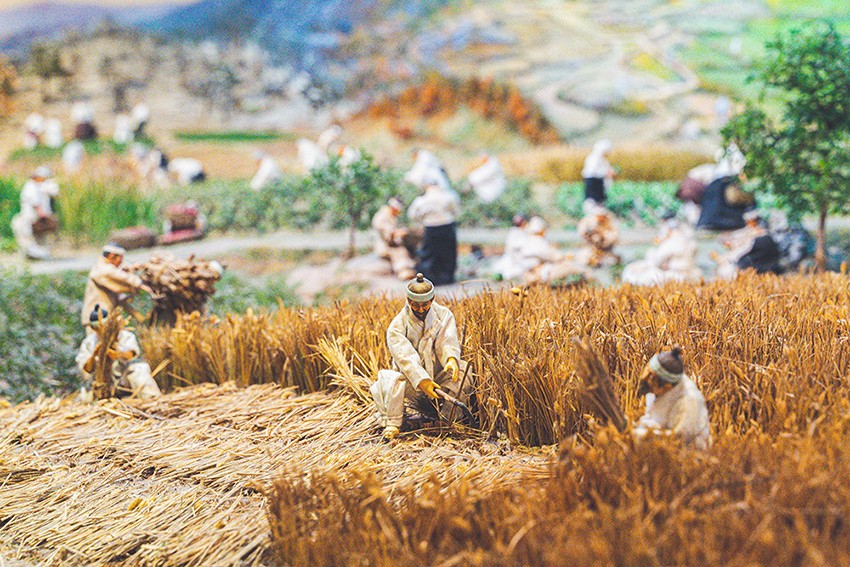
History of rice = History of Korean people
What does rice mean to a people who, despite the Westernization of their eating habits in recent years, eats it at least once per day? The Rice Museum offers a nuanced answer by seeking the meaning of rice in its origin, which is why the theme of the first exhibition area is the types of ancient rice (or tanhwami (carbonized rice), in Korean) that have been excavated across Korea. This carbonized rice is a sort of rice “fossil” that helps us estimate when rice farming began on the Korean Peninsula. There are three types on display: Ilsan Gawaji rice seeds from the Latter Neolithic Age and rice seeds from Yeoju (Heunam-ri) and Buyeo (Songguk-ri), both of which are from the Bronze Age. Research on carbonized rice is still very active: recently, even more evidence was discovered in Gimpo and Cheongju of rice farming that was done in ancient times.
There is also an exhibit that shows Koreans love of rice, from an age when even a single grain was considered priceless until the present, in which there are many rice varieties to satisfy a wide range of tastes. The most interesting point was a price comparison between the 1950s, when one doe (approx. 1.8 liters) of rice cost the same as a cut of beef, and today, in which the same amount of rice costs as much as a cup of takeout coffee. It suggests not that the value of rice has diminished, but that rice farming has become much more efficient.
Another interesting fact is that rice use varies by region even within Korea. A well-organized exhibit titled “Rice Culture in All Eight Provinces” shows rice-based foods made in every region of the country and how they reflect the region’s cultural traits. These foods can also be compared to traditional foods enjoyed for centuries in other countries in the rice-eating sphere. It is fascinating to learn that rice, which used to be known only as “Korean rice” and “Southeast Asian rice,” is actually made up of different varieties (Japonica and Indica, respectively), each of which has a unique shape, taste, and scent. The exhibit makes it easy to see why there are so many traditional dishes based on rice in rice-eating countries.
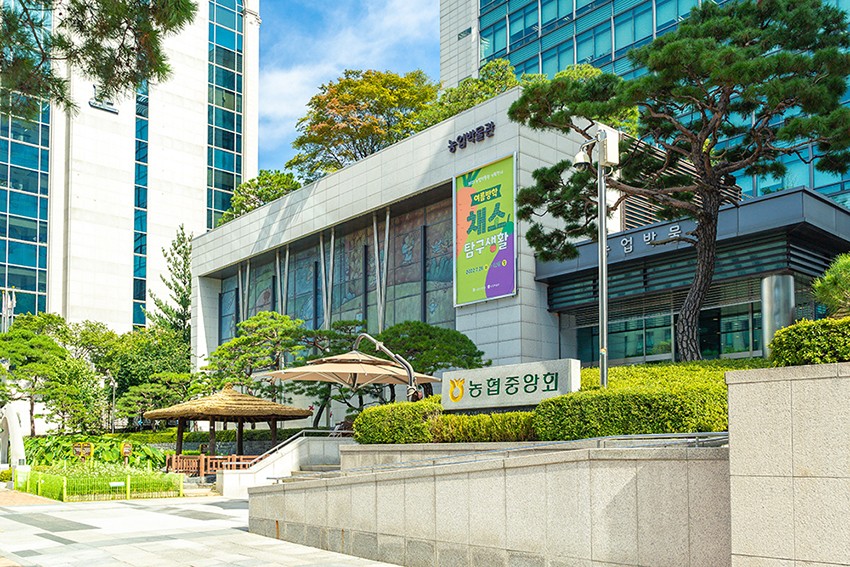
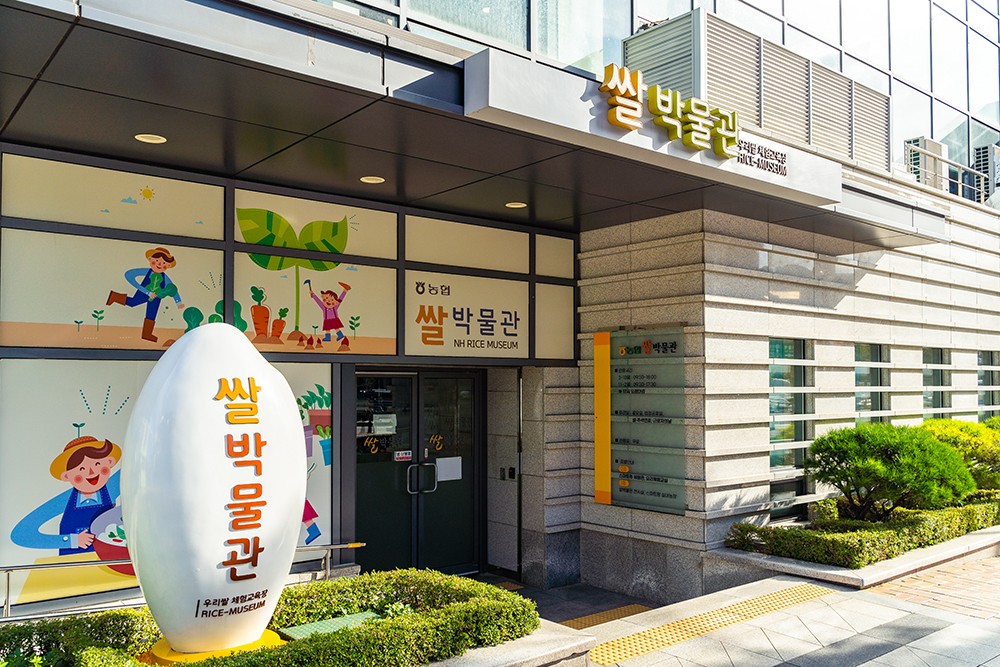
Smart farm, the future of agriculture
The Rice Museum also offers an up-close view and experience of an actual smart farm, where vegetables grow just fine without soil or sunlight. Soil and sunlight are substituted with nutrient solution and lights, respectively, in a compact, sophisticated farming environment that enables cultivation free of the influence of climate or weather. Countries around the world are said to be in the early stages of smart farm construction: however, it remains to be seen how this technology will change the way in which farmland is used.
The second floor of the Rice Museum houses an interactive smart farm zone for children, titled “A Day in the Life of a Young Farmer,” that allows visitors to learn how a smart farm is operated and how agricultural produce is distributed through games. If you request a docent and program experience in advance, you can hear an explanation about the smart farm zone and even “harvest” crops that are actually growing inside the smart farm. It is recommended that parents with small children make a reservation before visiting.
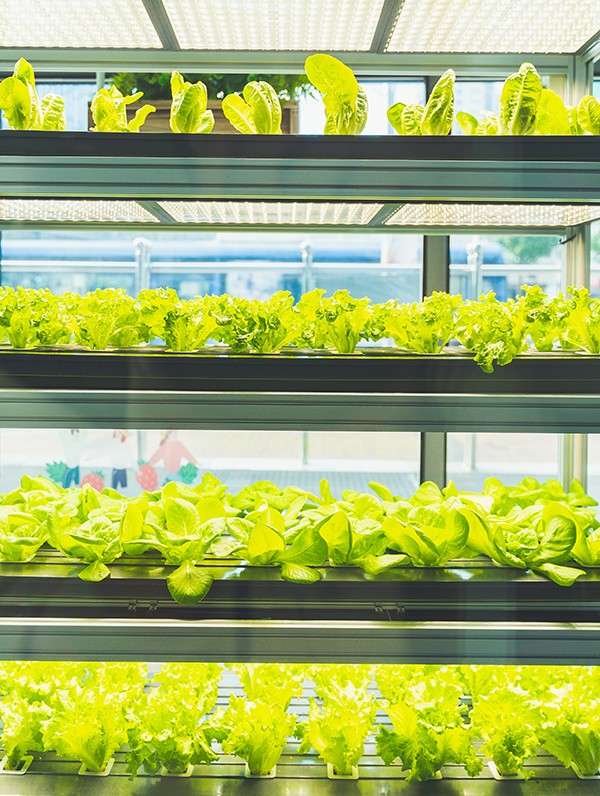
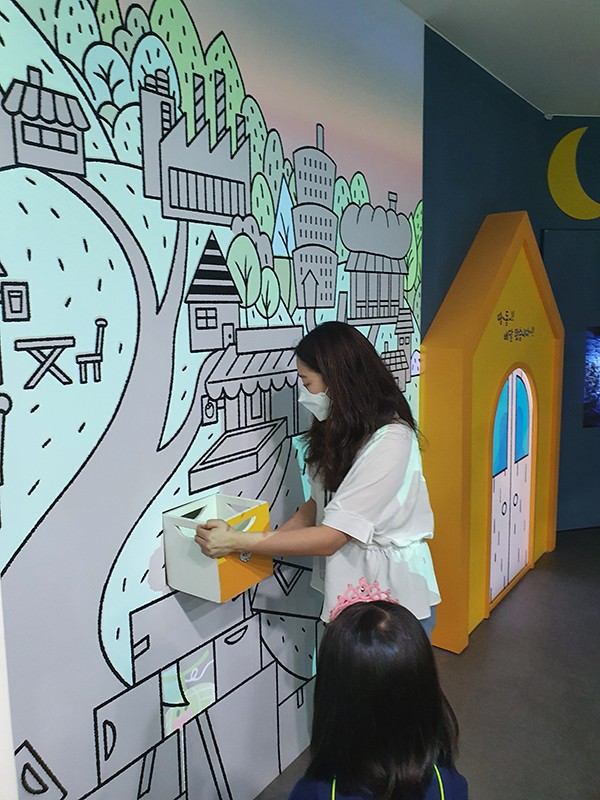
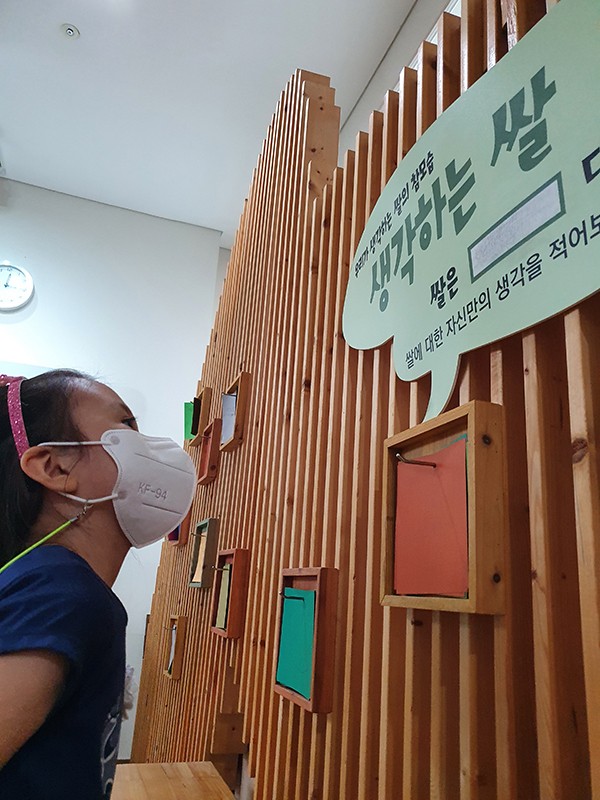
From hand axe to threshing machine: Museum of Agriculture
As for the Museum of Agriculture, the first exhibition hall is on the history of farming, which begins from the Neolithic Period, when farming is believed to actually have started on the Korean Peninsula. Visitors are taken back in time to 8,000 BCE, complete with a hut surrounded by wide fields where people are planting grains. There is also a detailed and concrete display on how hunting and gathering—which were just as important, if not more, than farming at the time—were done.
The exhibitions progress temporally, including a segment on how the Bronze Age and Iron Age resulted in the diversification of crops. Besides the planting and cultivation of crops, it is amazing to see how the many types of farming tools were used at the time. There are also exhibits showing how an agrarian society took root in Korea and how people lived day to day throughout this transition.
One exhibit in the Museum of Agriculture that absolutely must be seen is the greenhouse, which is a model of one that existed centuries ago (over 170 years earlier than the one in Germany that has thus far been regarded as the world’s first). In the Joseon dynasty, the greenhouse had a latticed ceiling that was covered with oiled mulberry paper to allow sunlight to filter in. The roof was also partially lined with straw mats, and the walls lined in clay to prevent outside air from coming in. There was even a means of maintaining the humidity and temperature, even in the depths of winter, using an iron pot and gudeuljang (flat stone used to heat the floor).
After passing through the Joseon dynasty, the trip through time ends in the 1970s. One side of the room is full of farming equipment that many Koreans will remember from their childhood, including a manual thresher, weeder, and straw rope-making machine—a narrative that continues on the museum’s second floor.
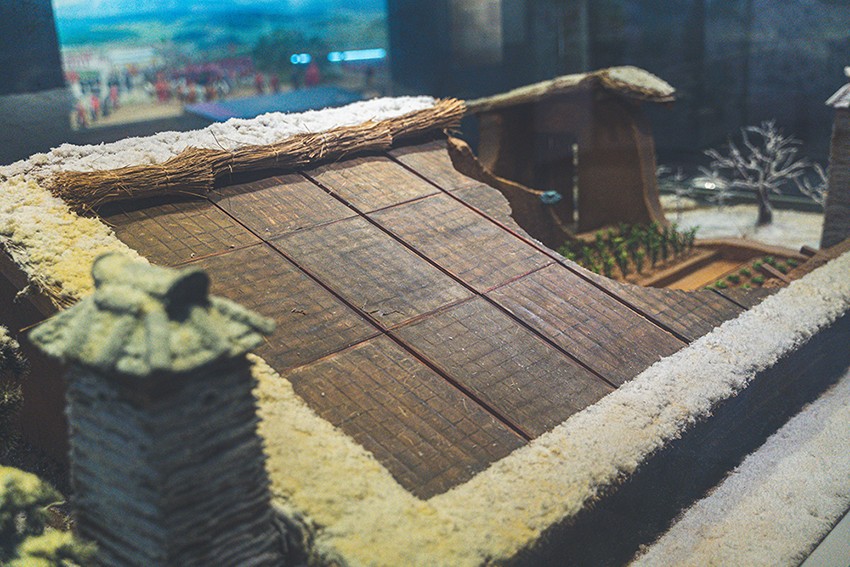
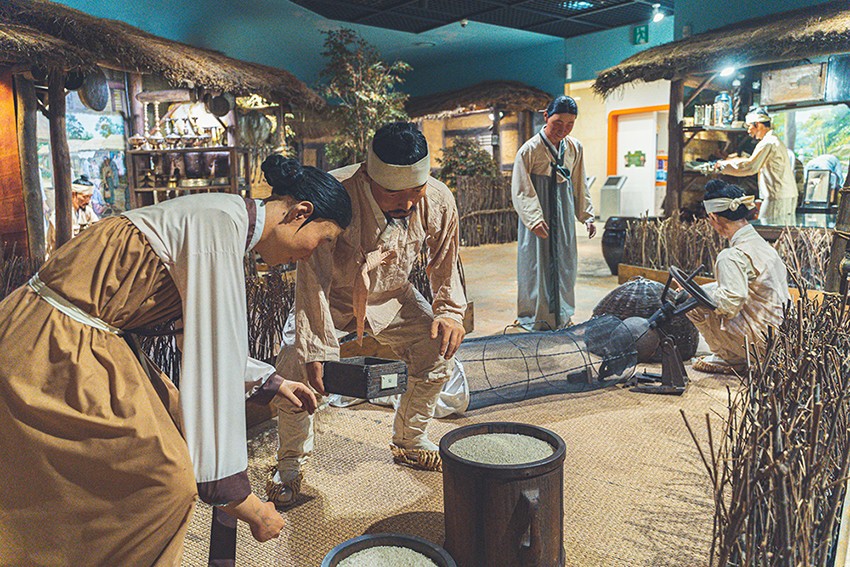
The farmer’s four seasons and the present and future of agriculture
The second floor has a massive diorama that shows how rice paddies and fields look in each of Korea’s four seasons. In addition to giving the visitor a sense of how Korea’s rural areas would have looked to people who lived centuries (if not millennia) ago, the diorama goes into great detail about the tasks that were carried out in each season as well as why they were done. Unable to simply pass this information by, I took a closer look.
One unique feature of Korean agriculture is the dure, a unit found in every rural village that continued an ancient tradition of collective farming, which was also explained in diorama format. The exhibition, which visualizes in detail rural scenes that were commonplace as recently as 30 to 40 years ago, turned out to be a popular photo spot. Visitors who are not very familiar with agriculture are recommended to take in the exhibits by taking photos—for example, at the part about life on a farm or the traditional outdoor marketplace. Older Koreans will be able to reminisce simply by looking at the exhibits and can use the displayed objects to explain to their children or grandchildren what it was like to live in a rural area.
The basement of the Museum of Agriculture houses an “Agriculture PR Pavilion” that features not only farm produce but also processed foods that were recently developed (through sixth-sector industrialization-related efforts) and made with specialty crops from every region of Korea. It also showcases the outcomes of sixth-sector industrialization, which has already begun in some regions/provinces.
The final theme of the Museum of Agriculture is the future of agriculture, which is visualized through several key concepts. Visitors can experience a “seed storage” facility for agricultural produce, which is expected to dominate the future food industry, and a smart farm, which uses AI technologies to create an optimum environment for cultivation.


 한국어
한국어
 English
English






